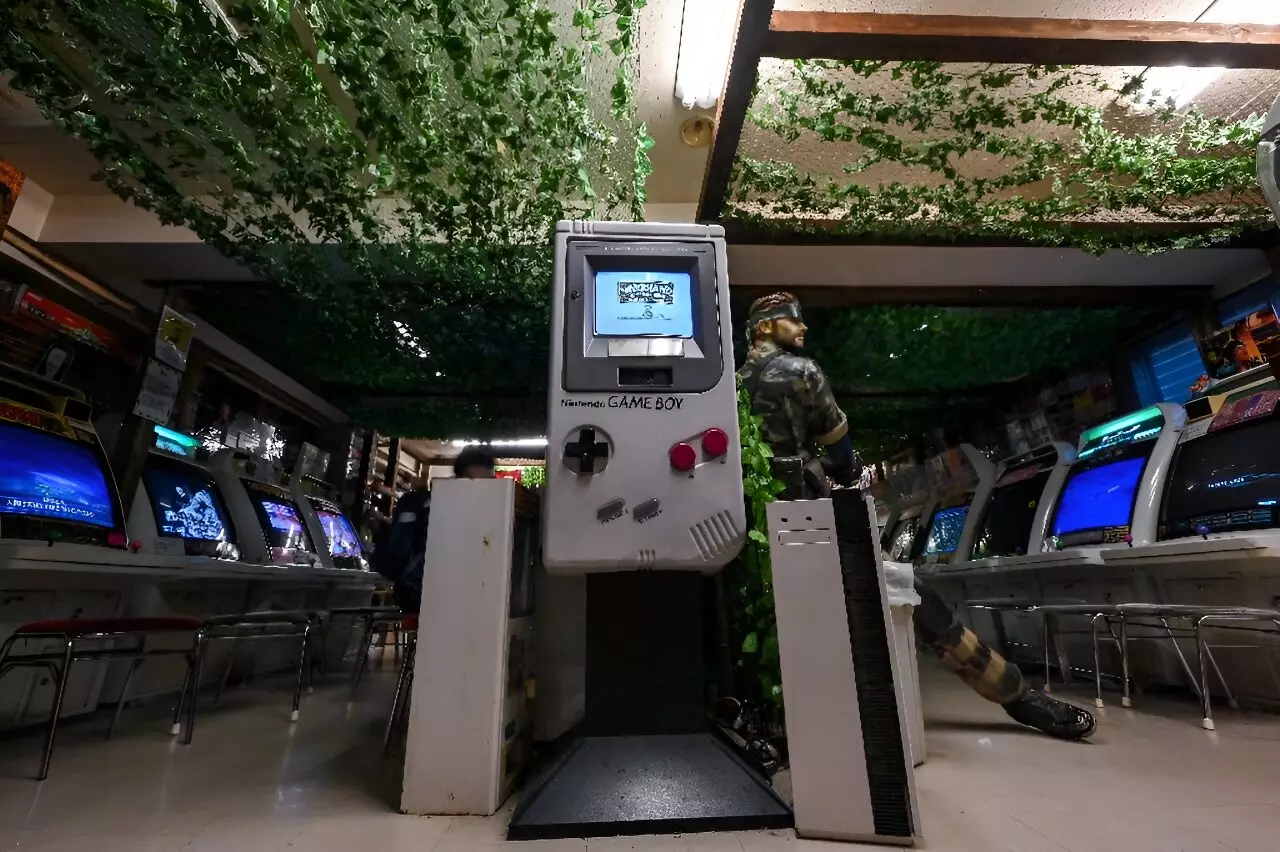The world of retro gaming is experiencing a remarkable resurgence, particularly in Japan, a hub of video game history. David Madrigal, a 23-year-old tourist from the United States, recently visited Super Potato, a renowned store located in the Akihabara district of Tokyo. There, he was thrilled to purchase a vintage PS Vita console for $200— a fraction of the typical $600 price tag he would encounter in the U.S. This trend underscores a broader phenomenon: as nostalgia for classic video games grows, so does the demand for vintage gaming consoles and equipment.
Super Potato has established itself as a nostalgic paradise for gamers, boasting three floors brimming with treasures such as Game Boy cartridges, Sega Dreamcast consoles, and retro arcade machines that allow visitors to relive the excitement of games like “Street Fighter II”. The sharp pricing in this realm reflects the rarity and desirability of these items. For example, a handheld Nintendo Game & Watch game featuring “Zelda” is priced at an astonishing 250,800 yen (approximately $1,750). These prices may seem daunting, yet a significant portion of Super Potato’s clientele—around 70-80%—consists of foreign tourists captivated by Japan’s unique pop culture.
The Allure of Nostalgia
As evidenced by Madrigal’s excitement, the appeal of vintage gaming often lies in nostalgia. He remarked that contemporary games can sometimes feel stagnant, dominated by familiar themes and mechanics. In contrast, games from earlier decades offered a sense of innovation and risk-taking that many modern titles tend to lack. This craving for unique experiences seems to motivate many collectors and players to seek out the relics of their youth.
The explosion of retro gaming culture can also be attributed to the distinct marketing and packaging of consoles in different regions. According to video game historian Hiroyuki Maeda, some consoles were launched under alternative names outside Japan, complete with designs that differ markedly from their Japanese counterparts. This localization adds an intricate layer to collecting, as many gamers and collectors are drawn to machines they have never encountered before. Maeda describes this phenomenon beautifully, saying it “stimulates the collector’s soul.”
Two hours north of Tokyo, a self-proclaimed “super collector” known online as Proudro embodies the spirit of retro gaming. He has transformed an old building nearby into a treasure trove filled with thousands of vintage games and functional arcade machines. For Proudro, the thrill of collecting revolves less around the act of playing and more about the ambiance— the sounds, aesthetics, and memories they evoke.
Despite his abundant collection, Proudro admits that he doesn’t play games often. He instead immerses himself in the nostalgia associated with these relics—reminiscing about time spent in gaming shops and friends’ houses during childhood. His dedication to curating such an extensive assortment of games is a testament to how deeply video games have intertwined with personal identity and memory over the decades.
In his quest for collectible items, Proudro has invested significant resources. He recalls a time when retro games were nearly valueless, often relegated to bins where they sold for the equivalent of mere pennies. Yet, the landscape has drastically changed; auctions for wrapped copies of iconic titles like “Super Mario Bros.” can fetch staggering sums, highlighting the transition of retro gaming from being overlooked to a collector’s paradise.
Proudro’s journey did not come without challenges. He reflects on the market’s evolution, marking 20 years ago when dusty, neglected consoles could often be had for the price of a crate of vegetables. However, with the advent of the internet and increased awareness of gaming’s historical significance, that era has vanished. Now, vintage items are often eagerly hunted by collectors worldwide, leading to the disappearance of many small shops that once offered these nostalgic treasures.
Despite his growing recognition and community, Proudro feels a tug-of-war between sharing his passion with the world and the desire to preserve Japanese gaming culture. He likens the situation to historical Japanese woodblock prints, which were highly valued abroad before being repurchased by Japan, indicating a potential oversight in appreciating the domestic value of such works.
The fervor for vintage gaming within Japan serves as a reminder of the deep-rooted connection so many individuals have with these digital artifacts. It is a celebration of creativity, nostalgia, and cultural history—qualities that transcend borders and resonate with fans around the globe. As interest continues to soar, it is essential to cherish and recognize the value of these consoles, ensuring that the gaming legacy continues to thrive, both at home and beyond.


Leave a Reply